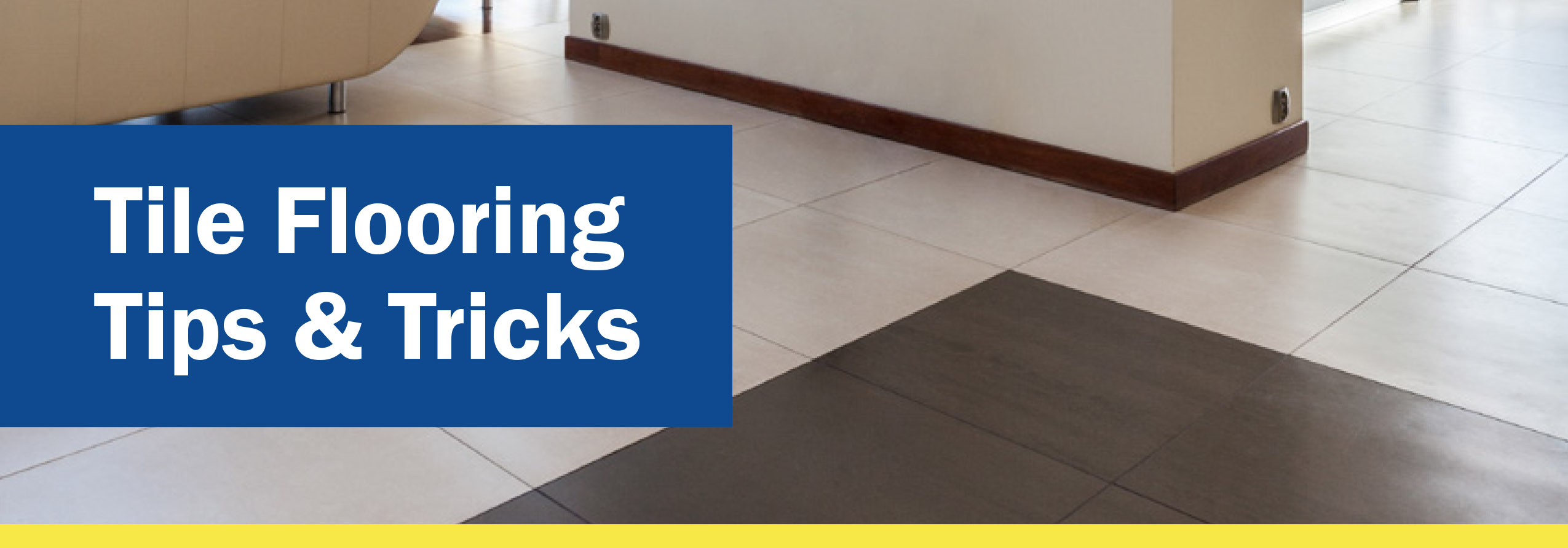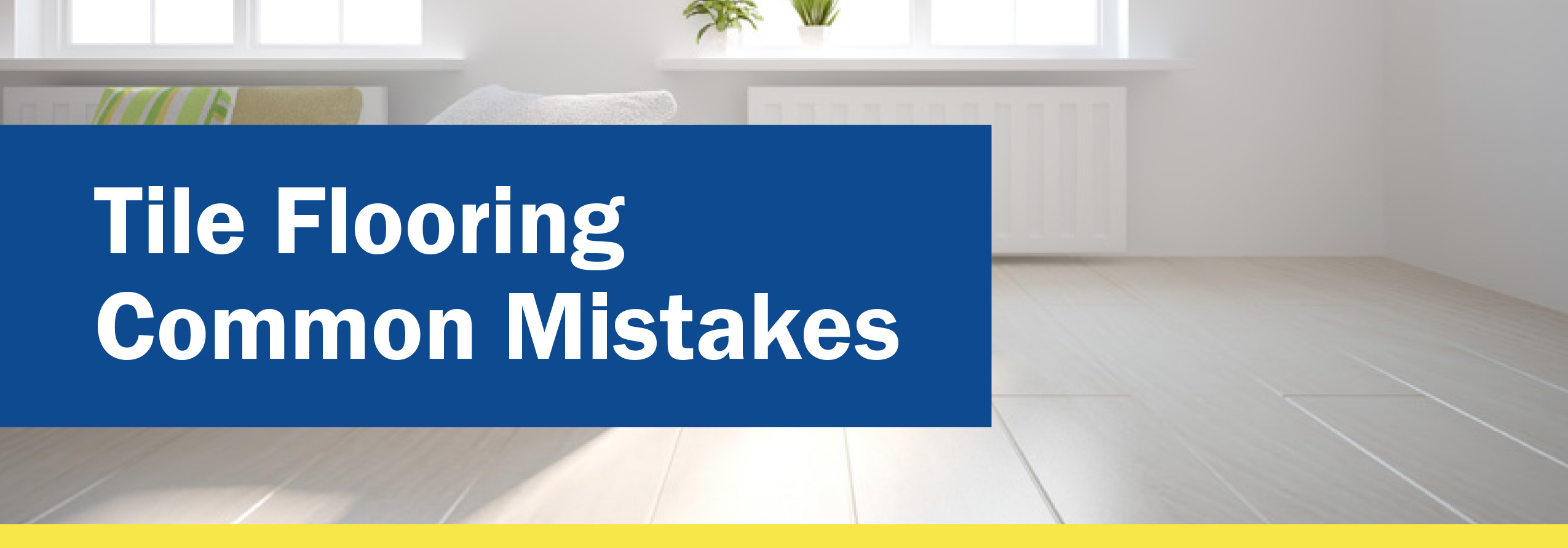How To Install Tiles | Tips, Tricks and Common Mistakes

Dilots:
Tiles are made in batches with computer configured measurement on the cuts, colour and design for the tile. For example, this means that a white 6x6 tile, from two different batches is completely different. Be sure NOT to mix dilots of tiles to ensure consistency of the tile look throughout.
Curing Times:
Mortar must cure for 24 hours before grout tiles. Grout must then cure for 48 hours before you seal. Natural Stone must cure for 48 hours after it has been sealed before you can apply grout (don't use sanded grout on soft or polished natural stones, it will scratch).
Plan Your Layout:
It's very important to plan out your design to see what the tile cuts will look like near walls and how the lines will match up with the angles of the room.
Lay 3ft x 3ft Area at a Time:
Only put enough mortar on your subfloor for a 3ft x 3ft area at a time. This will ensure that the top layer of the mortar will not dry before you are able to place a tile on it. If this happens there will not be a proper bond between the tile and mortar, which can cause cracking and tiles lifting overtime. Also, be sure to give your mortar a mix in the bucket every 20 minutes.
Use Waterproofing when Applicable:
It's important to remember that just because you can't see it, doesn't mean it's not there! What are we talking about? MOULD. When tiling a shower it's imperative to use waterproofing membrane to ensure that water does not penetrate the tiles and then enter your substrate, therefore causing black mould.
Proper Equipment:
For porcelain tiles and natural stones, it is important to use a wet saw with a diamond blade to ensure that cuts are smooth and tiles do not crack. Use the proper notch trowel for the size of the tiles to ensure the proper amount of mortar is being placed under the tile.
Use Spacers:
Eyeballing the project may seem like a great way to save a couple bucks, but when the grout line is off by a ¼ inch from one side of the room to the other, it will have become a costly mistake.
Always Order 10% More Than What You Need:
Tiles WILL need to be cut during your installation so there will be off cuts that cannot be used. It is better to have more than what you need, instead of returning to a company only to find out they have sold out of a particular product and you cannot finish your job.
Grout 3ft x 3ft Area at a Time:
Only grout a 3ft by 3ft area at a time. Remember to clean off the areas with a damp sponge as you go to ensure grout does not harden on the surface of the tile.
Finishing Strips:
Use finishing strips on edges of tiles that will be exposed (example: the edge of a backsplash or tiled shower). This will ensure that the rough edge and mortar will not be visible.

Using the Wrong Adhesive:
Use a white mortar for all natural stones, glass tiles and mosaics. It's tempting to use a mastic to lay these tiles because its much easier, BUT white mastics dry yellow and will bleed through the tile causing it to discolour (not what you want, at all).
Use a grey mortar for all ceramic and porcelain tiles. *Note: It is important to use a lightweight, fast setting mortar for wall tiles to ensure tiles do no sag.
Grout and Mortar:
Adding water to grout and mortar is a step in the process that is NOT to be eyeballed. Be sure to take your time and make the proper measurements as outlined from the directions on the back of the bag. An improper consistency can cause your grout to become powder-like, crack and then chip away from your floor causing holes. Also it is important to wait 24 hours after laying your tile to grout to ensure proper curing time of mortar.
Not Properly Preparing Surface:
You must have a strong subfloor underneath your tiles (minimum 1-1/4" thick). The sub-floor should not have any movement when you walk across it, otherwise overtime tiles and grout that is places on it will crack and lift.
Walking on Tiles Before They Have Set:
Walking across tiles before they have set will cause them to sink and move. This will either create more work by having to pick up and replace tiles, or you"ll have a noticeable error in the floor that went unnoticed.
Not Planning Before Laying Tile:
It's very exciting to be laying a tile floor, and you may think you did a great job by choosing the entryway to start your pattern. But, when you come to the wall, and realize you're going to end up with a 2-inch tile, and the rest of the floor is filed with 24-inch tiles. This will look terrible! Be sure to plan out how you're going to lay the tiles and therefore what types of cuts you will end up with. This will ensure your tile will turn out perfectly like you had envisioned.
Improper Treatment of Natural Stones and Grout:
Natural stones and grout MUST be sealed. It's important to seal the natural stones 24 hours before you grout them because grout is made with dyes that will actually dye the surface of the tile (a white marble never looks good with a grey haze that will not come off). *Note: Never use a standard grout on soft or glossy natural stones, as it will scratch the surface.
